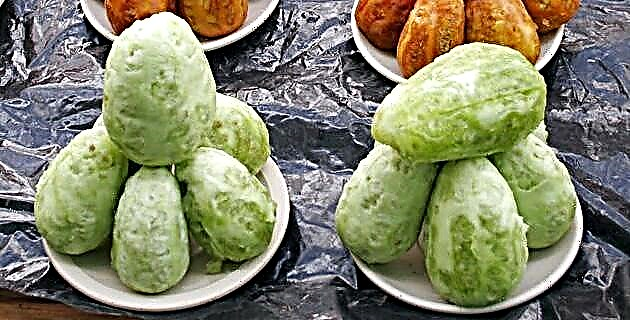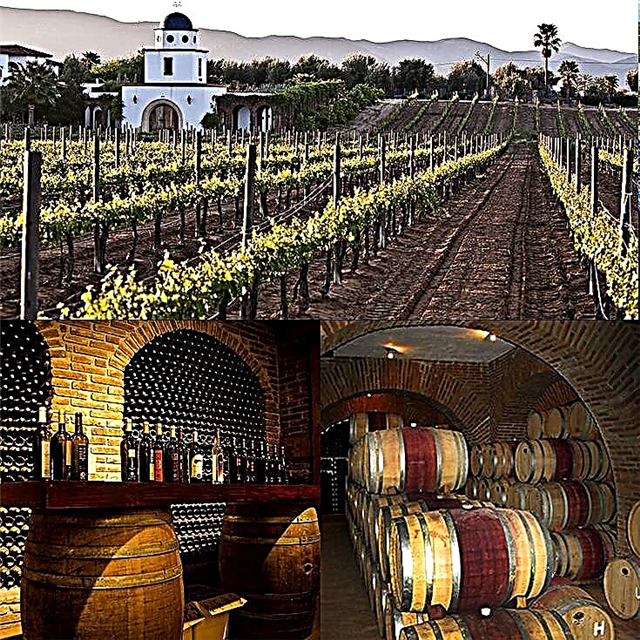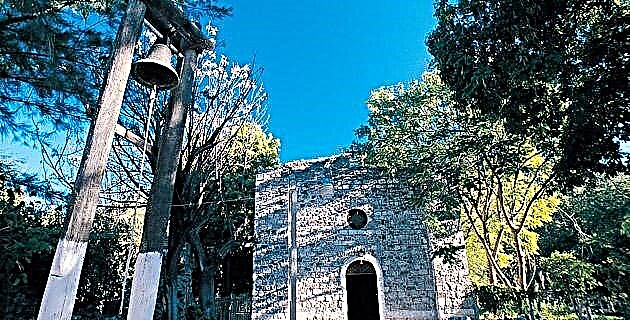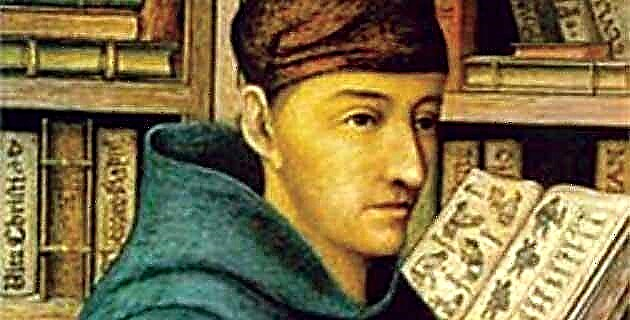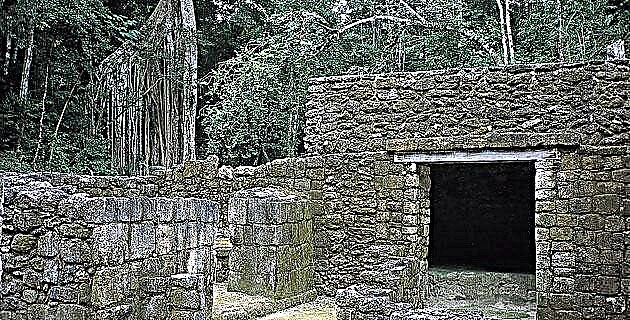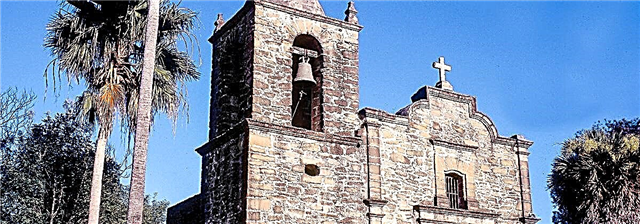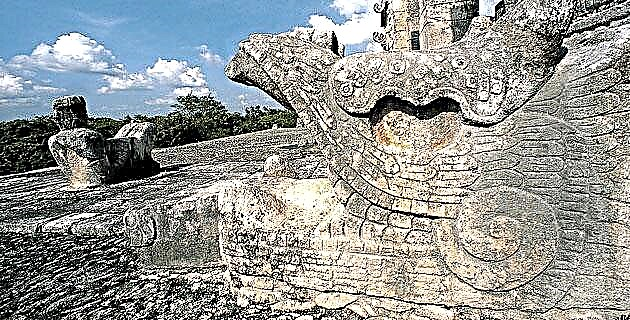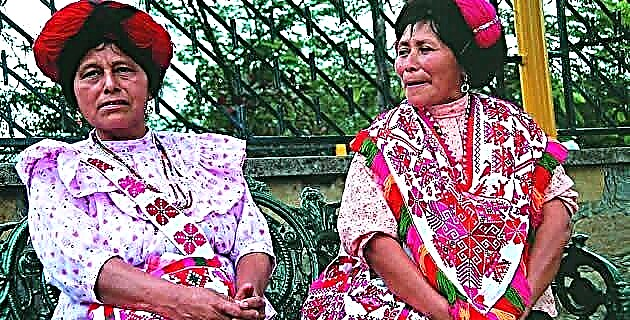
If we consider indigenous people who speak a native language - Huasteco, Totonac, Nahuatl, Otomí or Tepehua - this population as a whole represents only 20 percent of the total that lives in the Huasteca.
Most are mestizos, in addition to some nuclei of white people and some mulattoes on the coast. Among the indigenous people, the percentage that speaks the Huasteco language is very small and is limited to several towns in San Luis Potosí and Veracruz, while in Hidalgo that language has disappeared, as have the original names of the towns, renamed according to the language. hegemonic, Nahuatl (Huejutla, Yahualica, Huautla, Jaltcan…).
Most of the Huastecan names of populations are found in San Luis Potosí and begin with the prefix tam, which means “place” (Tamazunchale, Tamuín, Tamasopo…) Curiously, the only state whose name is of Huastec origin is Tamaulipas.
These circumstances have not prevented the development of a culture in the Huasteca with common characteristics among several of the original ethnic groups, mixed with Spanish cultural traits. This peculiar syncretism has developed a sense of belonging shared by Indians and mestizos.
The indigenous people who speak Nahuatl and Huasteco are identified as Huastecos, and the mestizos who no longer speak the vernacular language, but who share common cultural elements with the Indians, such as music and traditional dances.
Dance
As in other cultural regions of the country, the Huastec dances present many variants, depending on the place, for example the Tsacamson, which is the typical one in the Tancanhuitz festivals, but is almost unknown in other towns. The Politson is danced in Tampate, exclusively.
There are other regional dances, such as the Gavilanes, similar to that of the Papantla flyers; the Wands, in which the dancers imitate the movements of animals; the Negritos, the Santiagos, the Xochitines and even the nationally famous Matlachines.
The Huapango offers an infinity of variants, such as the zapateados of the Huasteca from Veracruz, which differ from the Potosina, where they are slower in pace and speed and because of the color of the clothing. When the Huapango is sung, the dancers do not stomp; They just slide their feet slightly, resuming the tapping until the musical interlude.
The dance of the Ribbons or the Ribbons is one of the Huastec manifestations of great showiness: it is danced in pairs in a circle, while in the center a young man carries a pole with colored ribbons, one for each dancer. The dancers make their evolutions and form a flower with the ribbons, which is a symbol of life; then they make the evolutions in the opposite direction to unweave the figure and remain as at the beginning.
The Huasteco costume
The pre-Hispanic reminiscences in the Huastecas survive in the beautiful and colorful traditional costumes. They are so characteristic and emblematic that in San Luis Potosí, to cite one example, it has become the representative costume of the state. This is exclusive for female clothing, because Huasteco men have almost lost the habit of wearing their traditional attire.
The women's dress is distinguished by the quisquem or cayem (in some regions of Nahuatl influence they call it quechquemitl) which is a kind of white cotton cape, simple or entirely embroidered in cross stitch.
Because of its color it is very striking, and depending on the motifs it carries, the knowing eye can distinguish where the lady who wears it comes from. You can find motifs such as the pineapple, the canhuitz or love flower, rabbits, turkeys, someone's name or even a date.
The quisquem also has a wool fringe that matches the colors of the embroidered motifs.
The rest of the female clothing is made up of the tangle or skirt, made of a white blanket and reaches down to the knee (in some towns the skirt is black). The blouse can be of flowered calico, or artisela of bright colors, not mixed. The satchel is a kind of bag hung from the shoulder or neck, it is the godmother's wedding gift and in it the women keep the labab or hairbrush and the tima or gourd painted in red, where they carry water to drink.
The hairstyle of the Huasteca woman is a petob or crown, formed with lozenges of hair interspersed with lozenges of stamen of a single color. Above the hairstyle, some women wear a bandana or artisela scarf that falls back.
The municipality of Aquismón inhabits the largest number of indigenous people and their greatest attraction is that they maintain the custom of wearing their Huasteco costume with pride. The men wear a shirt and blanket breeches, a red bandana around the neck, a colored girdle, huaraches, a palm hat with two holes in the upper part called “stones” and a backpack made with zapupe.
Mixed-race men also wear white shirts, pants and white shoes, especially when they dress up. The huaraches use them all in their work in the fields.
Religion and funeral rites
Religion is manifested in a set of syncretic elements between Catholicism and indigenous roots, where a certain worship of the sun and the moon is still preserved, interpreted as masculine and feminine elements.
Ancient healing practices combined with magical rites performed by the healer or witch are frequent, who use branches and leaves of plants in their cleanings. These acts are accompanied by live music of violin, guitar and jarana.
In relation to the cult of the dead, in the Huasteca the altars are also of great showiness, arranged on a table covered with marigold flowers, crucifixes and images of saints and the Virgin. Along with them are placed food for the deceased and sweets for the angels, such as sweets and sugar skulls.

